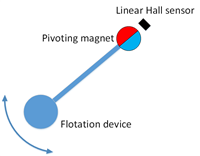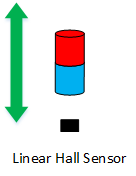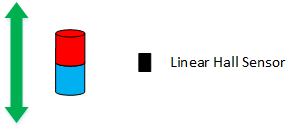What can we use in liquid level detection application? Does TI have liquid level detection sensors or solutions in home appliance products?
-
Ask a related question
What is a related question?A related question is a question created from another question. When the related question is created, it will be automatically linked to the original question.





